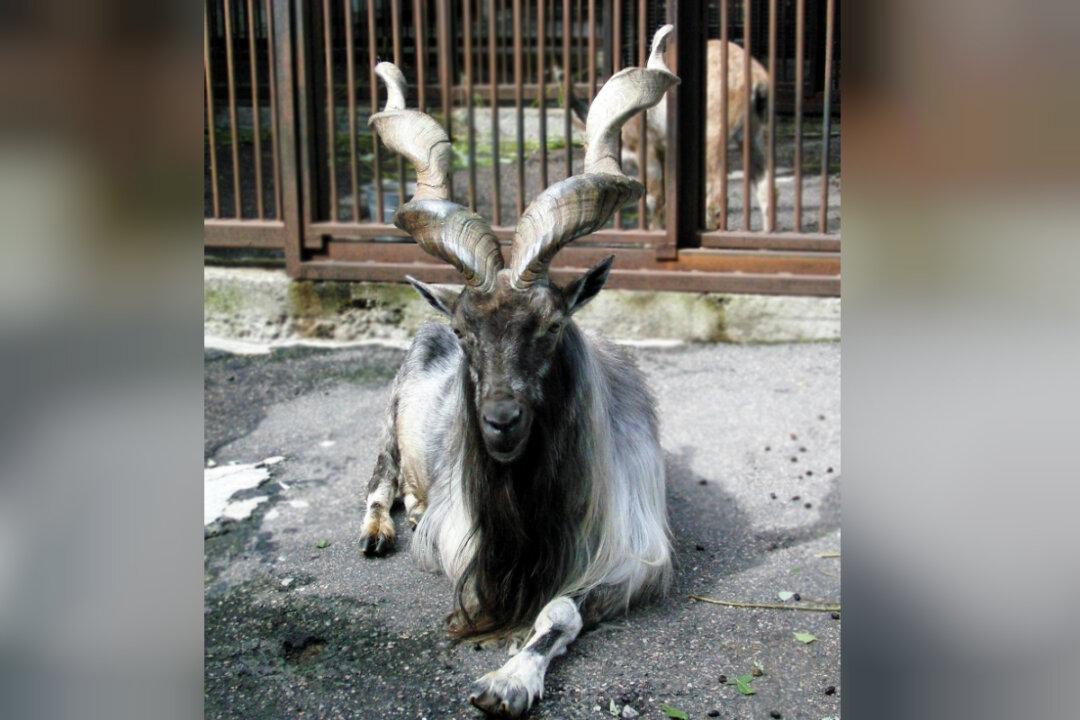The endangered spiral-horned markhor goat might be the national animal of Pakistan, but every year the government grants licenses for a handful to be shot, usually by rich foreign hunters who can pay the $100,000 per trophy.
This year was no exception, with reports of two American hunters shooting the rare goat in the northern mountains of Pakistan.





